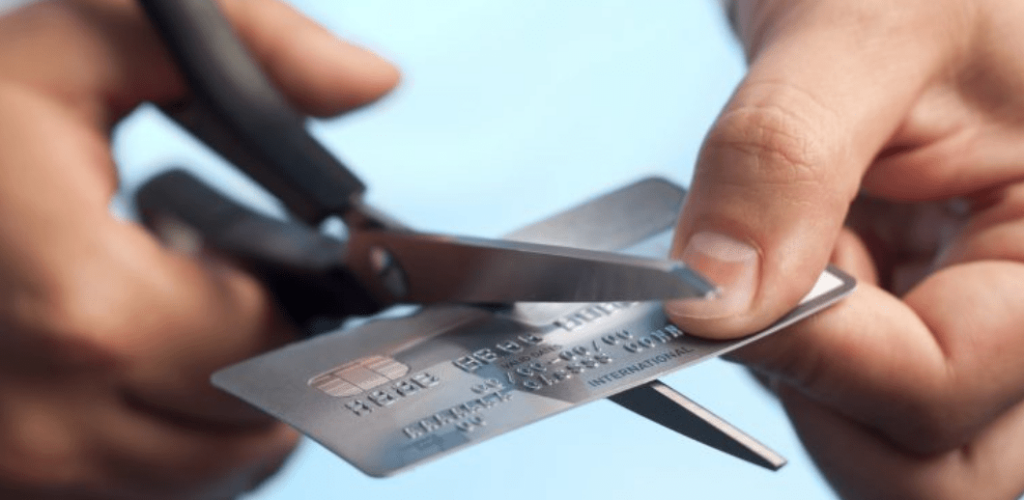It is still possible to open a business bank account with poor credit. In the below article we go through a number of options business owners with bad credit can go through to get set up with a business bank account.
Many people around the country are affected because of a negative credit rating. But, there’s no need to let bad credit prevent you from starting a prosperous business.
Negative credit scores can affect your finances. It can make it difficult to apply for financing such as loans, mortgages or even bank accounts. But, even if your credit history includes bankruptcy or a County Court Judgement (CCJ), it is still possible to open a business bank account.
How to open a business current account with poor credit
Opening a business bank account is conditional to a credit check which is the first hurdle you may fail at when looking to open a business bank account.
The bank will run a search on your credit history and establish your credit worthiness. There are a number of business bank accounts that do not run credit checks, therefore giving customers the ability to get up and running straight away. Anna, Cashplus, Tide and Starling all allow customers to set up business bank accounts without running a credit check. If you’re looking for ways to compare them, you can utilise our comparison table to decide which account is the right fit for you.
Business accounts that offer no credit checks often offer very similar services to regular business accounts. Notable differences are usually that they will not offer an overdraft. However, you should expect to receive the following services:
- Pay invoices
- Access online and app banking
- Online accounting tools
- Direct Debits and standing orders
- Make and Receive payments
- ATM withdrawals
- Bank Transfers
Challenger Banks are more likely to take on customers with a bad credit score
Challenger banks have begun to revolutionise business banking similar to how we have seen Revolut and Monzo gather millions of personal banking customers. Challenger banks have risen since the financial crisis to offer an alternative, often to SMEs who are looking for more flexible and digital solutions to perform their day to day banking needs.
Challenger banks are more likely to offer innovative solutions and integrations into other services you might use as a business owner such as accounting software.
Another key aspect challenger banks have focused on for customers is speed to open an account. It is a lot quicker to open an account on average with a challenger bank over a traditional bank as the system tends to be streamlined and can be done in most cases without needing to interact with a human. This can be a huge win for business owners who are seriously time stretched and need to get accounts open quickly. We’ve compiled a list of bank accounts by speed of opening, so you can get started with the quickest bank if that is your most pressing need.
How to get a better credit rating
If you still want to bank with a traditional bank, then there are a number of ways that you can start to get your credit score moving in the right direction.
To get started you may want to get a credit report and get to know your score. Our friends at Credit Passport will allow you to see your score for free.
Here are a number of ways you can affect it in a positive way:
- Check for mistakes on your file. Even having just a slightly wrong address can affect your score. So make sure you check all the details and report any incorrect information straight away.
- Pay your bills on time. Paying a phone landline or internet contract on time is a great way to prove to lenders that you can manage your finances.
- Keep your credit utilisation low. Your credit utilisation is how much of your available credit limit you use. For example, if you have a credit limit of £2,000 and you’ve used £1,000 of that, your credit utilisation is 50%, so you’re using half of your credit limit. Usually, using less of your available credit will be seen positively by lenders, and will increase your credit score. If possible, try to keep your credit utilisation at 25% or lower.
- High levels of existing debt. Ideally, you should pay off any outstanding debt before applying for new credit. This is because banks, building societies and credit card companies might be hesitant about lending you more if you already have a lot of debt.
- Register on the electoral roll. If your name’s not on there, you’ll find it much harder to get credit. Go to the GOV.UK website to find out how register to vote online or by post.
How to compare business current accounts for customers with bad credit
At Swoop, we offer independent business bank comparison tables, so you can easily compare which business current account will work for you. You can compare business accounts on Swoop across monthly fees, overdrafts, speed of opening, invoicing, mobile app, free banking, foreign exchange and much more.
































 yet? Register here!
yet? Register here!